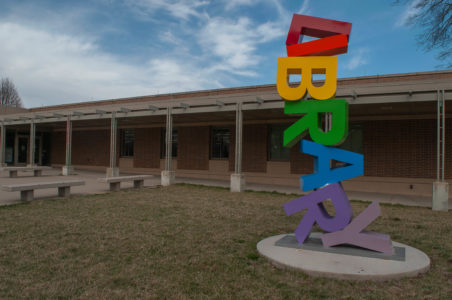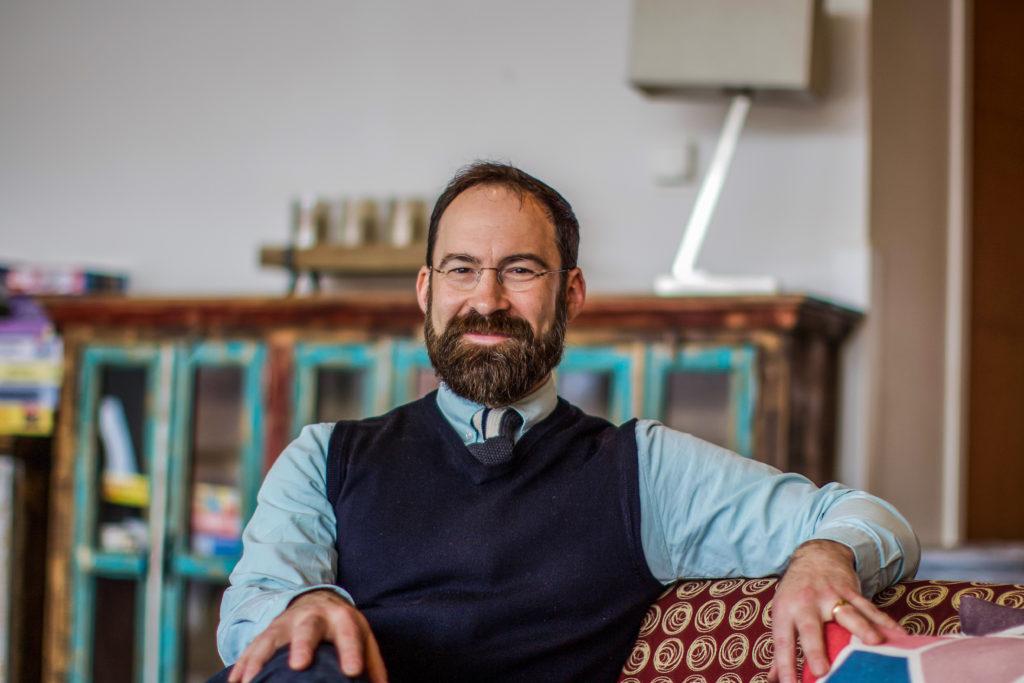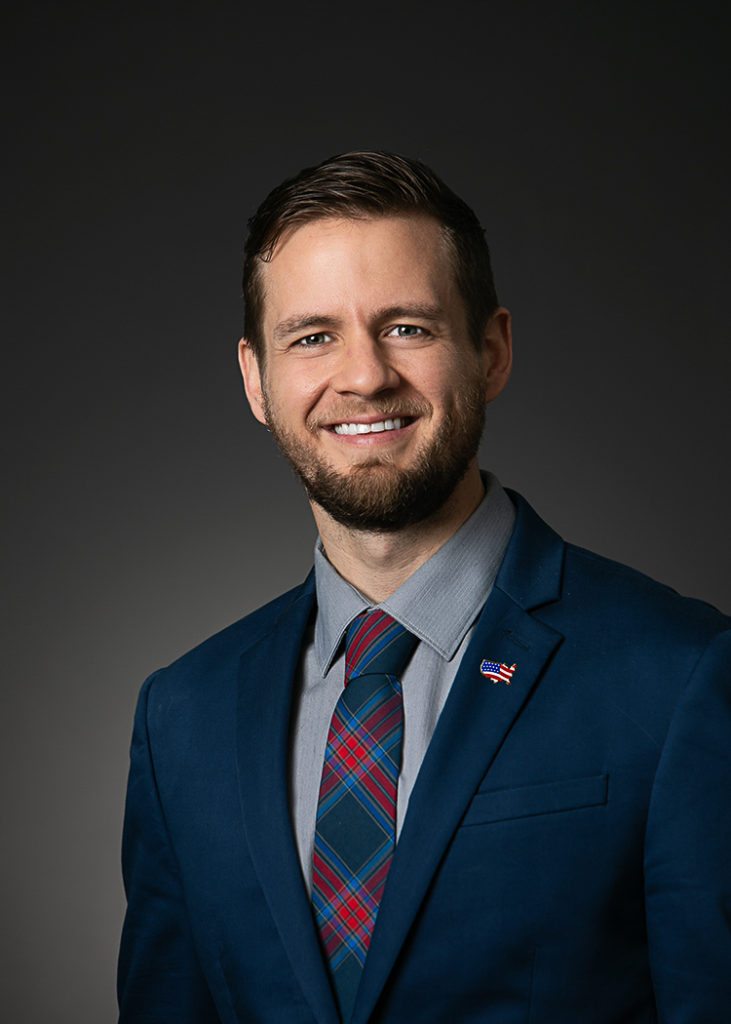
Ben Guenther, who has designed “aircraft and space models” for the NASA Langley Research Center, spoke to a full house at the Drake Community Library on Wednesday, April 25. In his talk, entitled “NACA-NASA Wind Tunnels at Langley Research Center,” Guenther explored the history of wind tunnels in flight tests since the inception of the United States’ National Advisory Committee for Aeronautics (NACA) in 1915.
Wind tunnels, cavernous concrete channels occupied by floor-to-ceiling mechanical fans, have served as the testing site for air and space machines from the Wright brothers’ earliest gliders to rockets developed for the space race of the later 20th century.
The first wind tunnel for flight testing, called a “whirling arm,” was developed in the early 18th century by Benjamin Robins, a British mathematician.
However, as Guenther wrote in an informational pamphlet distributed at the talk, “it was clear that these whirling arms devices created excessive turbulence that interfered with accurate testing. The result was the development of the wind tunnel, a device in which air could be moved past a stationary model under relatively controlled conditions.”
During the presentation, Guenther elaborated on the military and technological significance of the development of wind tunnels; the flight testing technique was critical for “aeronautical development” during World War I and was employed by “England, France, Germany, Italy, and Russia — but not in America.” In response to the United States’ relative slowness in adopting the newest technique for flight testing, and “[a]fter several years of bureaucratic in-fighting,” Congress agreed to fund NACA.
After the high demand for testing of military aircraft during WWI, NACA witnessed the expansion of its flight testing program and eventually transformed into NASA as military technological development was adapted to the Cold War period.
According to the NASA website, “Concerns over potential Soviet domination of space transformed the NACA into the National Aeronautics and Space Administration: NASA. As a moon landing became America’s Space Race goal, Langley tackled the many challenges of spaceflight, train astronauts, managed Project Mercury, and assumed major roles in both the Gemini and Apollo programs.” Despite the name change, the Langley Research Center remained critical to the development of rockets and served as the training site for astronauts, including Neil Armstrong, the first person to set foot on the moon.
Guenther’s lecture, part of a series of Bucket Course Talks held by Grinnell’s Community Education Council, highlighted not only the impressive launch of the U.S. space program but the career of Guenther himself. After graduating from the Virginia Polytechnic Institute with a Bachelor’s in History, Guenther dedicated himself not to the study of history, but the making of it: in addition to work on-site at wind tunnel flight tests, according to the Our Grinnell webpage, “he fabricated aircraft and space models used in several different wind tunnels, as well as models presented before Congressional Committees.”
Guenther’s love of history was apparent during the talk on Wednesday as he explained the trajectory of the Langley Research Center, drawing claps, laughs, and gasps from the audience as he detailed the drama of flight. The talk, which was free and open to the public, will be followed by a second one in which Guenther will delve deeper into the more recent use of wind tunnels for rockets intended for outer space. A video recording of his first lecture can be found online at http://www.grinnellcecbucketcourses.org/ and the next lecture will be held on Wednesday, May 2.





















































